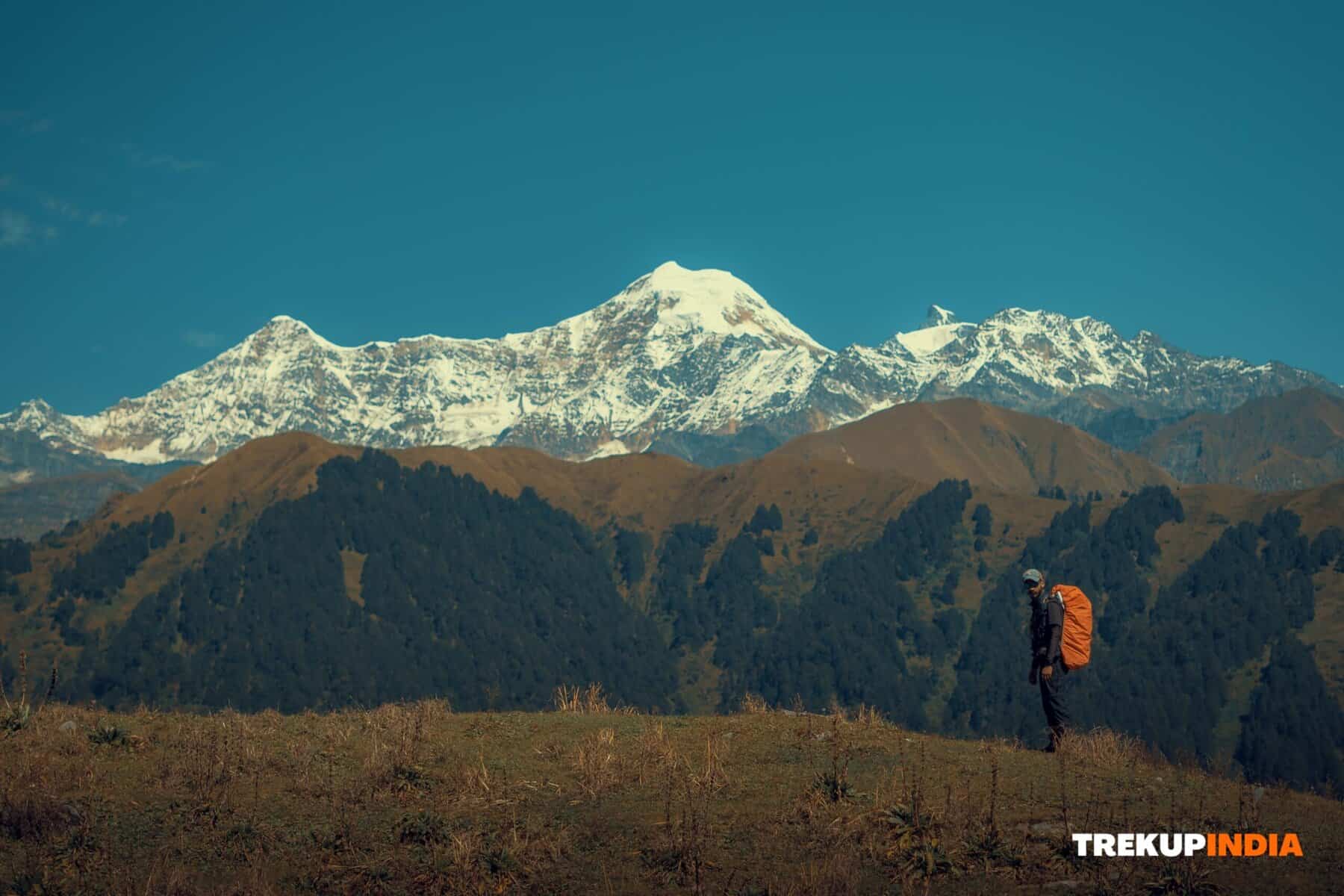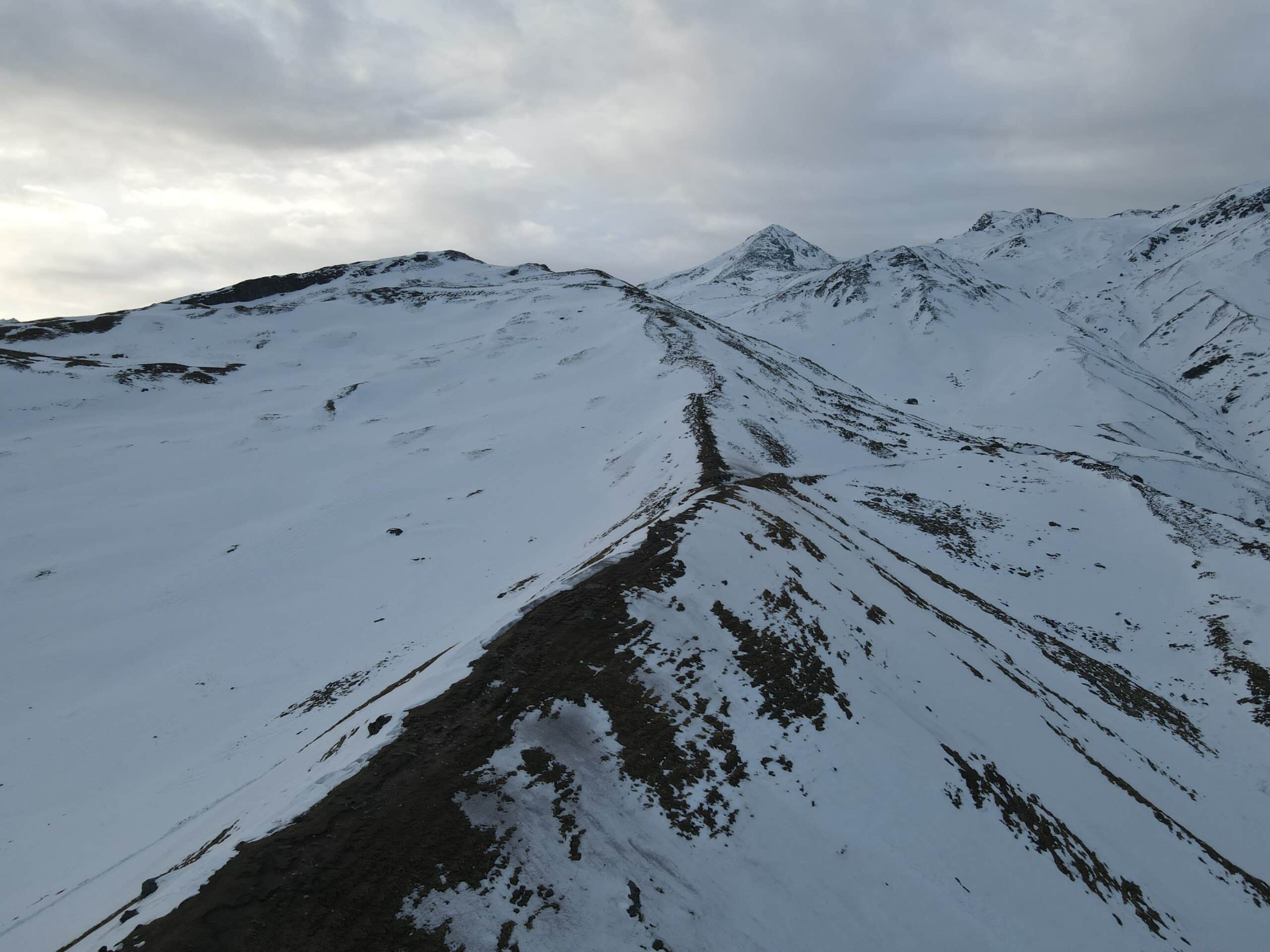Training with a Weighted Backpack for Trek Prep
Indian wilderness areas, such as the Himalayas, Western Ghats, and central Indian forests, demand more than energy and passion from trekkers; trek markers and markings must also be recognized and understood for safe trekking experiences across varied terrain. TrekUp India has seen how understanding this language of treks can make your trek much less taxing.
Why Trek Signs Matter in India
Contrary to established routes elsewhere, Indian trekking treks vary in their level of clarity in marking. While popular Himalayan treks often include signs and painted marks for easy identification, other rural routes use Cairns (stacked stones) or natural signals left by shepherds and locals as markers making recognising them essential in being able to follow these routes safely. Recognizing trek marks is crucial when trekking in India, as it enables trekkers to accurately track their route and identify premarked treks for safe travel. Being able to identify these marks is key to a successful trek.
Safety is of Utmost Importance, reducing the risk of disorientation within meadows, forests, or snow areas.
Staying on the right path saves time.
Respect the Environment: Take care not to destroy fragile ecosystems by going off track.
Common Trek Markers in the Indian Wilderness
Painted Marks on Rocks & Trees
Most often, paint on rocks and trees comes in vibrant hues like red, white, blue, and yellow to mark trek routes.
Stripes or Arrows point in the correct direction.
Fademarks often indicate that a trek has diverged from its main path.
Note: To ensure continuity, immediately look out for the next painted marker after taking down one, to maintain a smooth route. This will ensure continuity.
Cairns (Stacked Stones)
Cairns are common throughout the Himalayas, where painting isn’t feasible.
Trekkers and guides use small stones to mark the path.
Cairns are structures that typically traverse barren landscapes, rivers, or snowfields.
Note: If two cairns diverge, select the most clearly marked path between them as it is often the safest or most commonly traveled route.
Ribbons, Cloth, or Flags
It can be seen both in dense forests and in high meadows.
Locals often mark travel routes by attaching pieces of fabric or prayer flags to branches, indicating them as ways to go.
Temporary treks may have ribbons organized by trekking coordinators to indicate their status as temporary adventures.
Note: Do not remove or alter these markers, as they serve not just you but all trekkers following in your wake.
Trek Signboards
Forest departments or trekking groups often install trek signboards along popular paths.
Include an arrow, distances, or directions to campsites.
Starting points and major junctions are safe areas.
Note: When exploring, be mindful to note any signboards that serve as guides, in case you need to retrace your steps. Signboards may provide valuable assistance.
Natural Cues
Shepherd treks, worn out grass, and trodden soil can all help point in the right direction.
Water streams could lead to valleys, which are home to various populations.
Sunrise and sunset directions can help you to locate yourself quickly should any markers vanish.
Note: Don’t rely solely on instinct to guide your trek; consider adding marker treks or GPS devices for added guidance.
Practical Advice for Trekkers
- Always Keep an Eye Out Forward and behind.
- Trek markers may be visible from one angle, but may become less clear after turning back around.
- Do not unthinkingly follow other groups; each may take different paths.
- Utilise technology wisely.
- Using GPS applications and offline maps can enhance trek exploration, but should never serve as replacements.
Conclusion
Reading trek signs and marks within India’s wilderness is more than an academic skill; it’s an essential survival one that can make trekking safer, easier, and more rewarding. From painted lines on trees to stone cairns left behind by shepherds or natural clues left by shepherds themselves – each marker tells its tale and points in the right direction for safe passage through meadows, forests, mountains without added strain. We at TrekUp India have seen how those who pay attention and recognize these markers can move through meadows, forests, and mountains without unnecessary strain – saving themselves both time and stress along the way!
Combine knowledge from old-fashioned markers and modern technologies such as GPS applications for maximum effect: it gives both humans and technology confidence in knowing exactly where you’re heading, while giving technology precision and accuracy. Respecting these marks also preserves hiking heritage while guaranteeing trails remain accessible for future trekkers.
Be mindful of what the mountains have to say on your next journey; pay attention, and you will have a much safer, more accountable, and rewarding adventure!
Share this article
Want To Trek Like Pro?
Basically, watch these videos if you want to trek the same way professional trekkers do and make your skills better. These videos contain useful tips and techniques to further improve your trekking skills itself. These videos actually help both new and experienced trekkers improve their trekking skills. These videos definitely provide useful tips that make your trek better. We are seeing that these videos by Trekup India experts will only help you make your trekking skills better.







Know Everything About Acute Mountain Sickness
Acute Mountain Sickness occurs when people trek to high altitudes above 8,000 feet. This condition itself develops further due to reduced oxygen levels at such heights. Basically, as you go higher up, the air pressure and oxygen levels decrease, which causes the same problem. Acute Mountain Sickness surely causes headache, nausea, vomiting, and dizziness in affected persons. Moreover, peoples also experience difficulty in sleeping during this condition. To avoid mountain sickness, you should actually trek up slowly to higher altitudes. To learn further about this condition itself, watch the videos by Trekup India.









